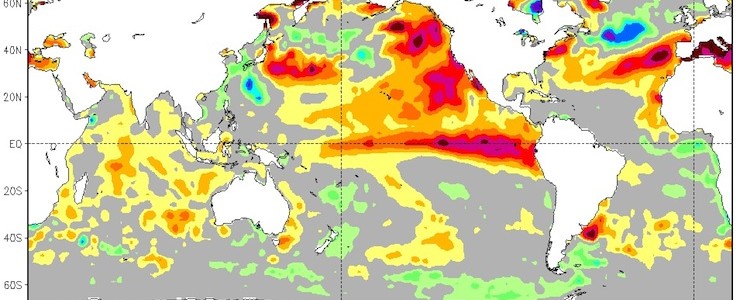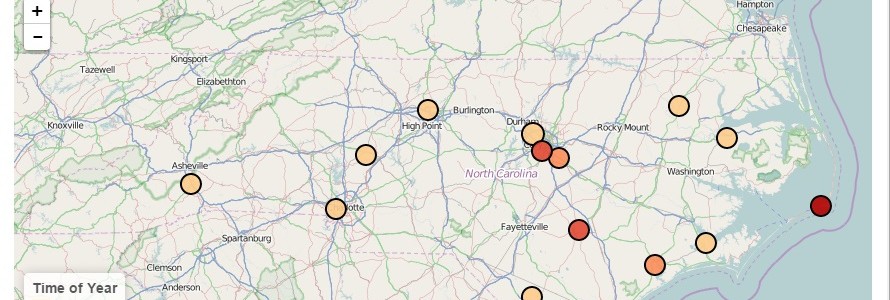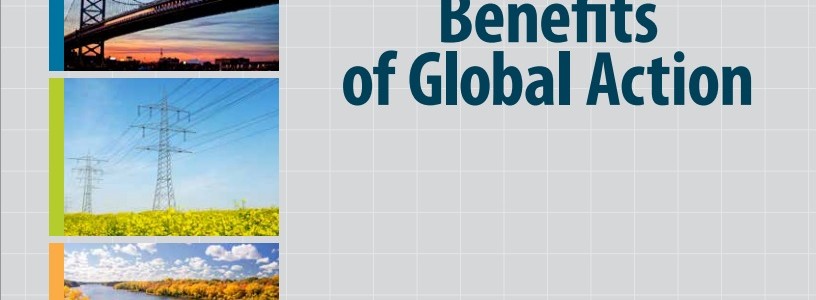Climate science
-

Allison Floyd of Growing Georgia interviewed Dr. John Christy, the Alabama State Climatologist, yesterday to talk about the so-called “dog days” of summer. If you’ve ever heard that term, you might be interested in what that phrase means. You can read about it here.
-

Sometimes in the Southeast we hear that the temperature is 100 degrees and the humidity is 98%. While it may feel that way, it really never gets that hot and humid here. But in southern Iran this week, the combination of an air temperature of 109 F and a dewpoint of 90 F led to…
-

Julie Doll of Michigan State University’s Kellogg Biological Station LTER announced the availability of a number of resources on sustainable agriculture and climate change for educators and agricultural professionals. Here is the official announcement: “Farmers across the U.S. are noticing impacts of changing climate conditions on their production systems. Heavier rain events, warmer winters, and…
-

The strong El Nino that is present in the eastern Pacific Ocean has created a lot of buzz lately on its likely impacts. Here are two articles that describe some of the ways weather and agriculture may be affected in the coming months. Bob Henson on the Weather Underground blog discusses the impacts of El…
-

NASA released a short article this week about an online app that you can use to simulate the development of a hurricane. If you have kids or work with 4-H students, you might find this fun and interesting. You can find the app at https://scijinks.jpl.nasa.gov/hurricane-simulation/.
-

The State Climate Office of North Carolina has produced a short article describing the “dog days” of summer. According to the blog, “it turns out the dog days are more than just a linguistic turn of phrase. They are a distinct time of year ranging from July 3rd to August 11th (40 days) and correspond…
-

The US Environmental Protection Agency released a new report recently which describes the impacts of global warming on agriculture, drought, ecosystems and water supplies, among other sectors. The report describes the effects of “business as usual” climate scenarios compared to a mitigation-based approach where greenhouse gas emissions are reduced. There are a number of sections…